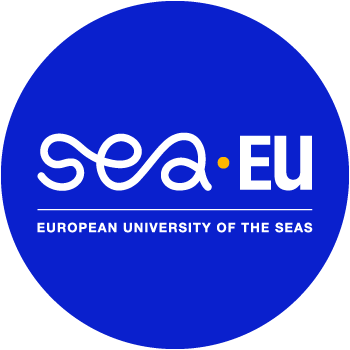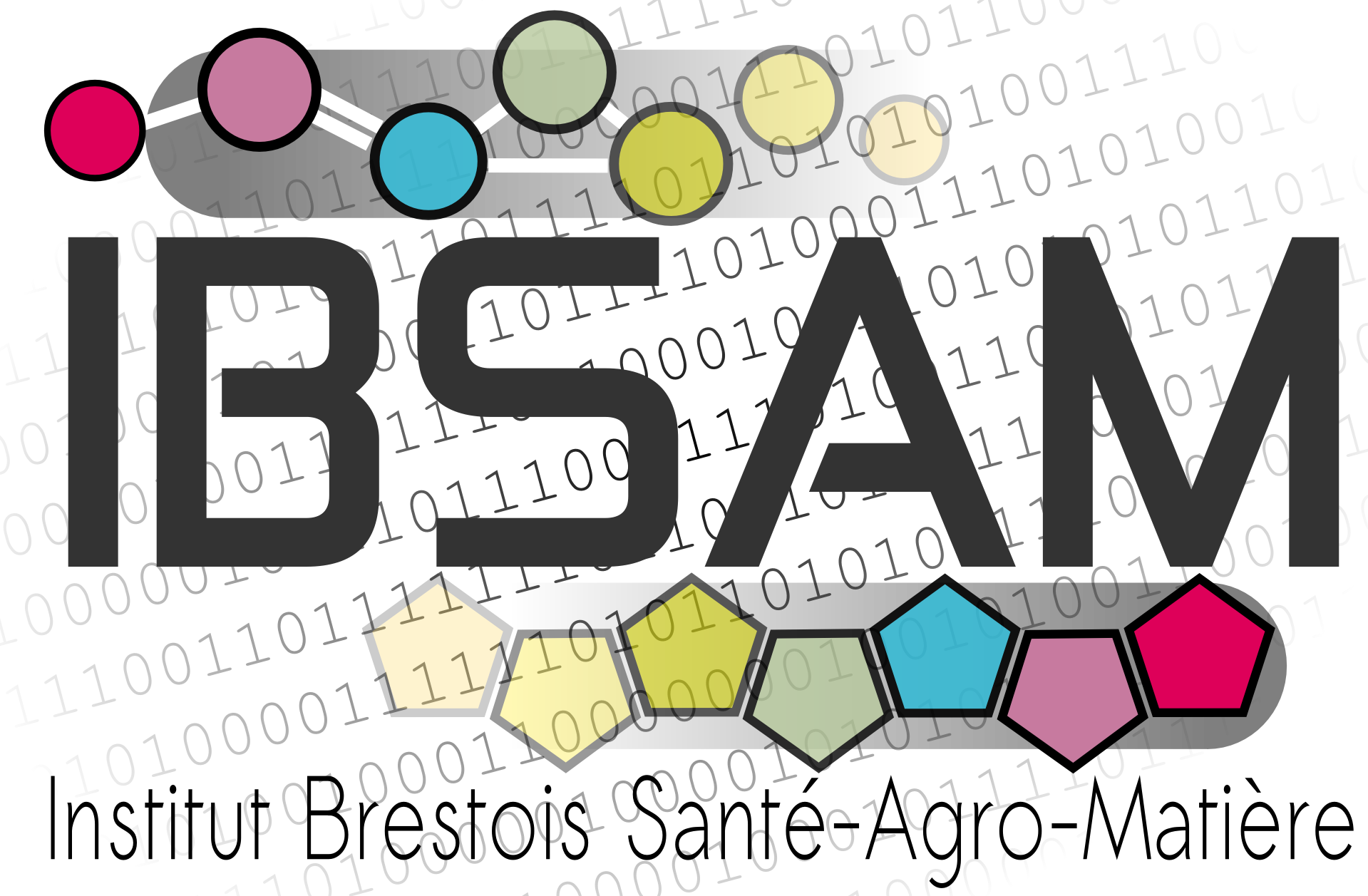
Scanless holographic approaches for controlling neuronal activity via optogenetics
Eirini Papagiakoumou
Wavefront-Engineering Micrsocopy group, Photonics Department, Institut de la Vision,
17 rue Moreau 75012, Paris, FRANCE
eirini.papagiakoumou@inserm.fr
Light microscopy has been established as a fundamental tool in biology. Particularly in neuroscience, light interaction with neurons offers a sensitive non-invasive approach of probing and mimicking brain activity. Recent advances in what is now called neurophotonics have opened the route for achieving this task in a large field of view, by simultaneously recording information from cell populations, with pure optical methods. Combination of these approaches with novel achievements in molecular engineering enables resolving neural circuits.
Here, I will present optical methods developed in our group specializing to the optimization of the excitation volume inside the sample for efficient multi-neuronal photoactivation via optogenetics. Specifically, I will present methods for two and three-dimensional light patterning of the excitation laser beam, based on the modulation of beam’s optical wavefront through liquid crystal spatial light modulators. Scanless excitation of multiple neurons distributed in a volume or neuronal compartments can be achieved in this way. The methods presented can be utilized both for one- and two-photon excitation. Particularly in the two-photon regime, controlling the expansion of the excitation patterns in the axial direction can be achieved by simultaneous temporal focusing of the laser pulses. The application of these methods in optogenetic experiments in neurons of the mouse visual cortex and the retina will be shown and the behavior of the excitation patterns as they propagate inside the tissue will be discussed.


